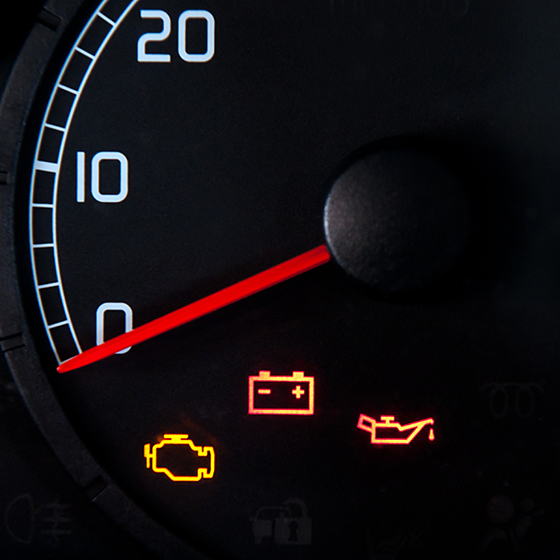Tire Type
P= For Passenger Cars, SUVs, MiniVans and Light Trucks. LT = Heavy Load Trucks, Vans or SUVs. There may not always be a letter in your tire size. A tire starting with “P185” can be replaced with a tire starting with “185” and vice versa. Most websites will not show the starting letter.Section Width
The 185 indicates this tire is 185 millimeters across from the widest point of its outer sidewall to the widest point of its inner sidewall when mounted and measured on a specified width wheel.
Aspect
Refers to the height of the sidewall (from rim to tread). In our example, the aspect of this tire is 65% of the of 185millimeter width. The higher the number, the taller/thicker the sidewall.
Construction
The “R” in our example indicates this is a radial tire construction. 98% of tires have an “R” construction.
Diameter
In our example, the diameter (the hole where your rim sits) is 15 inches across.
Load Index
The load index is how much weight the tire can support. Most vehicles come with a recommended tire load index.SAFETY ALERT: It is NOT recommended that you use a lower load index than the tires that came with your vehicle. You CAN use a higher load index.
Speed/Performance Rating
The letter refers to the maximum speed the tire can travel and how the tire performs and handles. SAFETY ALERT: You should not “downgrade” the speed rating and all four tires should have the same speed rating.



